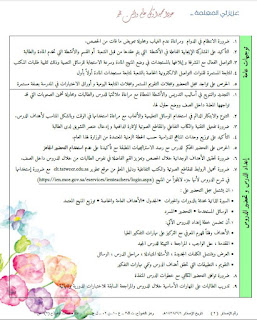Helping Older Students Enhance Their Reading Skills
Assess what they can already read. Hand out
paragraphs from age-appropriate books. Give each student a different
paragraph. Ask them to either read it aloud or explain what it’s about.
Whether the students find it too easy or too difficult, you should
adjust the readings until you can determine their reading level.
Students can demonstrate what they already know by:
- Reading aloud
- Answering comprehension questions
- Taking ungraded pre-tests
Talk to older learners to get an idea of their reading level.
Older learners are often more motivated to learn and have a greater
grasp on their current reading level. Ask them for their self-assessed
reading level and what they're comfortable reading now. Start there and
make adjustments as necessary. It's also a good idea to get an idea of
what their interests are so that you can meet their needs.
- You could ask questions like these: "What are your favorite genres?" "What do you find interesting to read about?" or "What do you think makes reading the most difficult?"
Match their maturity level. Adolescent and adult
learners understandably don’t want to read children’s books. For these
students, search for crime fiction or other adult themes tailored to low
literacy levels. You could also look for edited versions of the classic
authors, such as Shakespeare.[6] Some possible choices are:
- Reading Shakespeare with Young Adults by Mary Ellen Dakin
- The Fire Next Time by James Baldwin
- Before We were Free by Julia Alvarez
Preview homework assignments in class. Divide
students into small groups. Have them read the title of their assigned
reading, as well as the captions to any illustrations in the reading. By
reserving time for this activity in class, you’ll emphasize the
importance of previewing in their future readings.[7] Some examples of guiding questions for this assignment are:
- This book is called How the Garcia Girls Lost Their Accents. Based on that title, what do you think this book is about?
- What information does this photograph of Civil Rights activists sitting at a “Whites Only” counter give us about the newspaper article?
Emphasize context. Dictionaries are great, but
looking up individual words can make readers lose their focus of the
subject matter of their assignment. Teach students the importance of
figuring out the meanings or significance of words from the context of
the sentence or paragraph. You can teach context though:
- Fill-in-the-blank questions. Students complete by choosing one of three possible words under or to the side of the question.
- Antonym exercises. Students must figure out the meaning of one word
by analyzing the use of its antonym (a word they already know) in the
same sentence. An example would be:
- While Mrs. Smith welcomed all immigrants, her neighbor was xenophobic. What does xenophobic mean?
Discuss reading strategies. Have your students plan
which strategies they’ll use for their assigned readings. For the next
class, ask them which strategies helped the most. Examples of reading
strategies are:
- Skimming
- Using context
- Trying to predict what will happen next in a narrative
Have them teach each other. Students absorb material
better when they learn from their classmates. They can read aloud to
each other and discuss what the reading meant to them. After about ten
minutes of group work, have students report their discussions to the
class. Some examples are:
- Pair share. Ask a question related to the reading. Pair up your students for a quick discussion about their answer. After about 10 minutes, ask each group to share their responses with the entire class.
- Catch-up. Break up your lecture into segments. Between each segment, have students work in small groups to compare notes and discuss what might not be clear to them. After about five to ten minutes, have each group share their findings with the class.



















